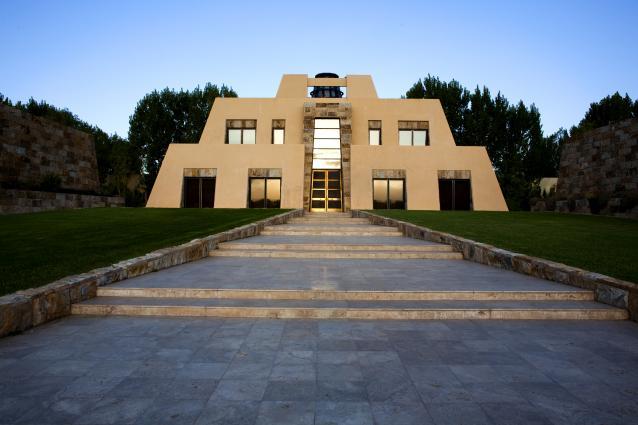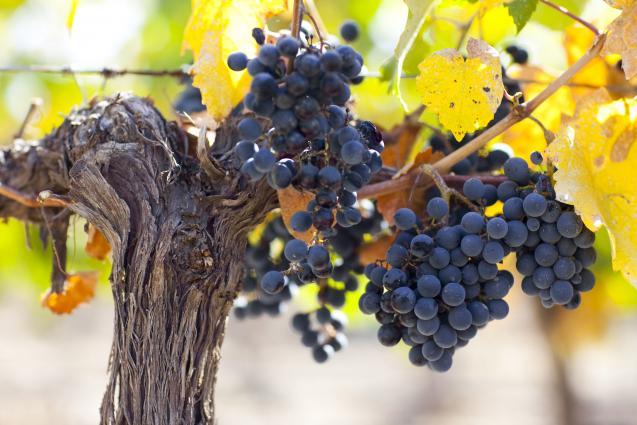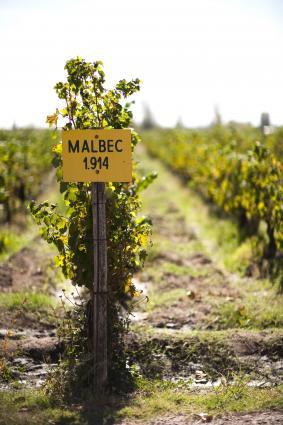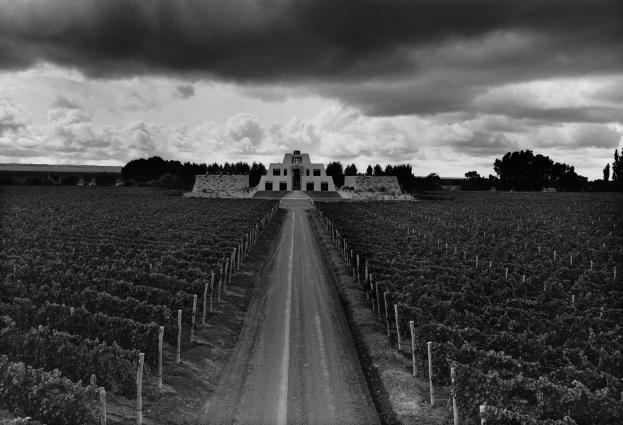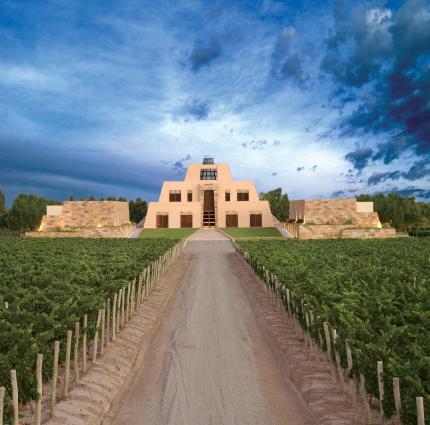Catena Zapata Adrianna Vineyard Mundus Bacillus Terrae

Wine Description
Mundus Bacillus Adrianna Malbec is named in honor of the bacteria that live in the soil in Adrianna Vineyard and help our vines survive the stressful high altitude, low nutrient conditions. There are 10 times less nutrients in Adrianna than in places such as Bordeaux, France. Recent studies have shown that rhyzobacteria which live in symbiosis with the vines' roots and help the vines absorb nutrients and minerals. These bacteria may be the key to why vines are able to survive in such extreme conditions as those found in this limestone sector of our arid and cold Adrianna Vineyard. We are studying the bacteria in this parcel of Adrianna and have found the bacteria here to be different from those in other parts of the world. Much research in humans has shown that bacteria which live inside and outside our bodies help us combat cancer and autoimmune disease. In a similar way, we think the bacteria that live within the plants' roots are playing an important role in the Malbec we make from this small lot. Mundus Bacillus means elegant bacteria in Latin, and we think this name is a good fit for the wine because both the bacteria and the wine are indeed elegant.
 Acclaim
Acclaim
 Vineyard & Production Info
Vineyard & Production Info
 Winemaking & Aging
Winemaking & Aging
 Analytical Data
Analytical Data
 Wine Production
Wine Production
Prefermentation
Do you use any prefermentation techniques? Yes
If yes, what type? cold maceration
For how long? Hours? 6 days
Prefermentation container: oak barrels
Prefermentation temperature: less than 10 ºC
Alcoholic Fermentation
Fermentation container: Vertical 225 liter open oak barrels and 500 liter french oak roll-fermentors
Length of alcoholic fermentation: 16 days
Fermentation temperature: 25-30ºC
Maceration technique: Rolling - Manual punch downs
Length of maceration: 8-13 days
Is malolactic fermentation carried out? Yes
If yes, partial or full? Full
 About the Vineyard
About the Vineyard
2 feet topsoil (alluvial & eolic) Calcareous deposits of marine fossils (alluvial) Rocks covered with calcareous (alluvial)


